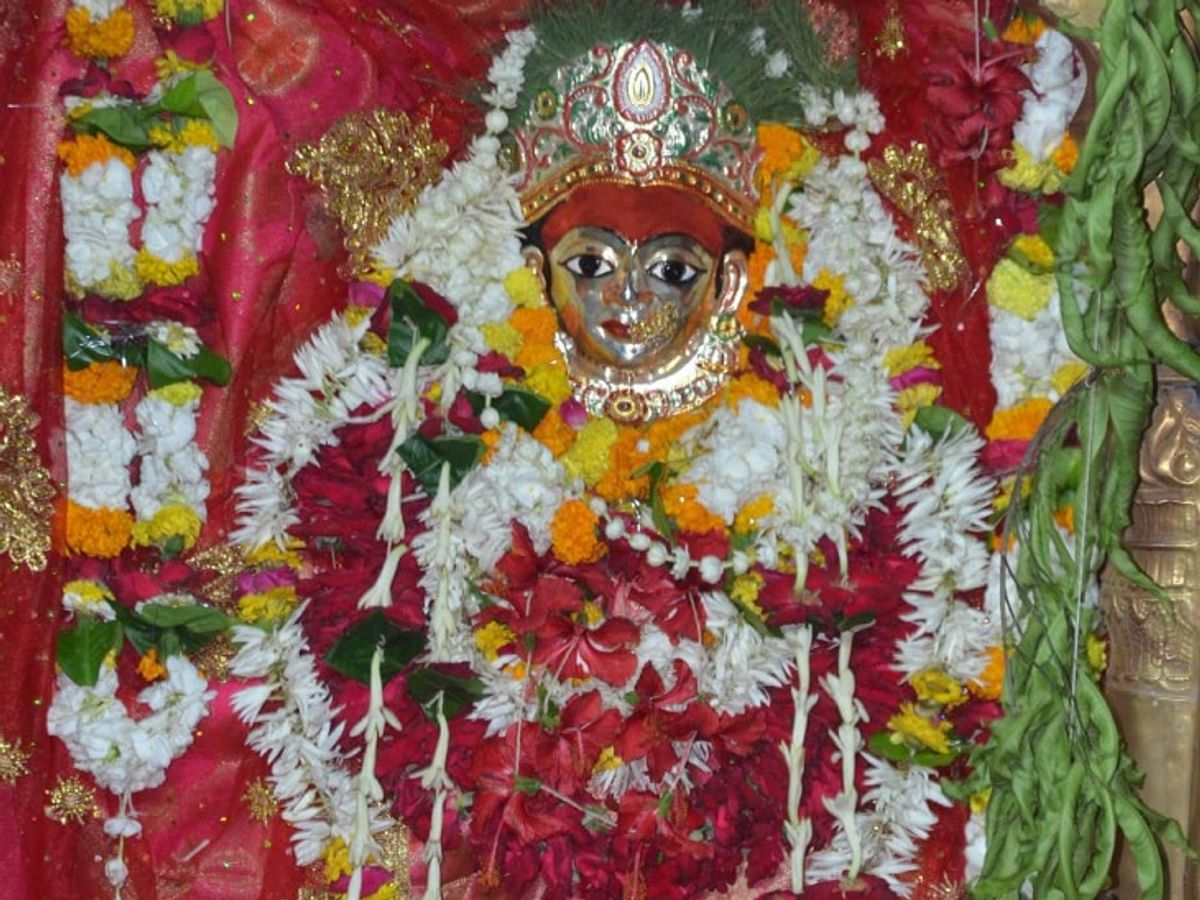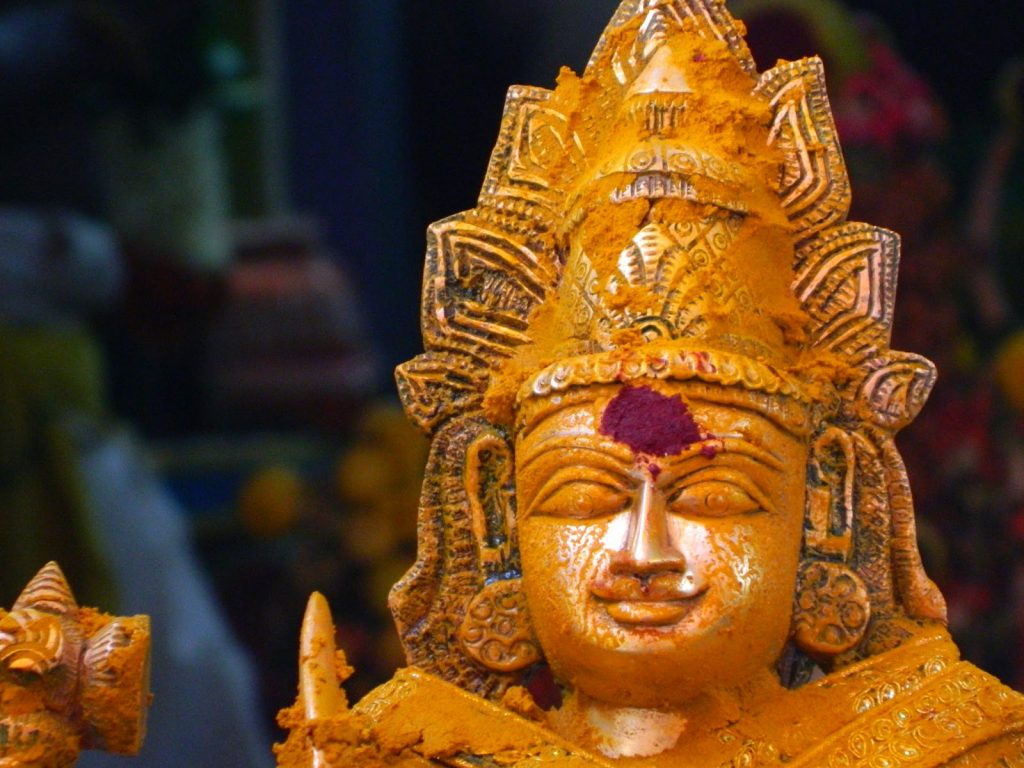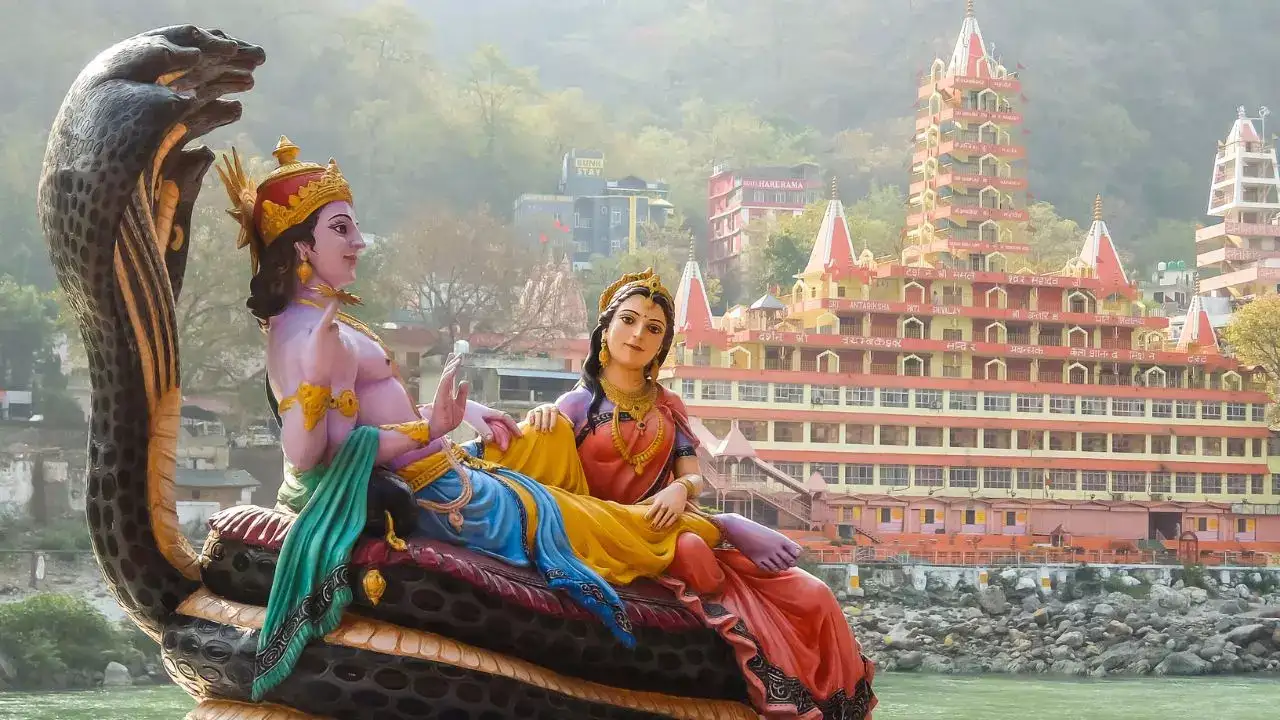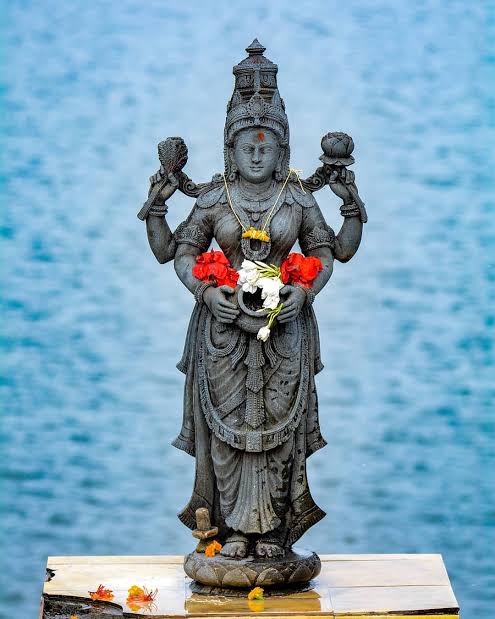Gauri Vrat
Gauri Vrat is a revered five-day fast observed by unmarried girls, especially in Gujarat, seeking divine blessings from Goddess Parvati for a righteous husband. This vrat honors purity, perseverance, and feminine spiritual strength.
Gauri Vrat, also known as Jaya Parvati Vrat, begins on Devshayani Ekadashi in the month of Ashadha and ends on Ashadha Purnima. It is observed mainly by young girls aged 8 to 14.
The vrat is marked by abstaining from salt, spices, and vegetables, symbolizing internal purification and devotion. The fast is considered preparatory for future marital roles.
Deities Associated
Gauri Vrat is dedicated to Goddess Parvati, the embodiment of austerity and virtue. Her deep penance to marry Lord Shiva is emulated by devotees, reflecting the ideal of divine union.
“In Gauri’s grace, a girl learns patience, purity, and the art of becoming divine.”
Origin, Significance & Vedic Astrological Relevance
Mythological Origins
The core legend features a Brahmin couple who, childless yet devout, were blessed by Lord Shiva. He directed them to a neglected Shiva Linga in the forest. The wife’s unshaken devotion, even when her husband was bitten by a snake, moved Shiva to restore his life. Their persistent worship later granted them a son.
Another tale speaks of a Brahmin girl who, to free her husband from a curse, observed the vrat and pleased Parvati and Shiva. Her determination became the foundation of the Gauri Vrat.
Historical Relevance
Known locally in Kutch as Molakat, the vrat reflects deep-rooted cultural rituals. Girls from royal households participated with fervor. Reform efforts by rulers like Maharao Shri Desalji II linked the festival to evolving views on female empowerment and social justice.
Vedic and Astrological Relevance
Observed during Ashadha Shukla Paksha, when lunar energy supports transformation, the vrat aligns with Chaturmas, a sacred time for spiritual growth. The waxing moon symbolizes increasing strength and discipline.
Customs, Traditions & Rituals
- On Day 1, wheat seeds (Javara) are planted in a small pot kept in the home temple.
- Daily offerings include cotton-wool necklaces (Nagla) decorated with kumkum.
- Girls avoid tomatoes, salt, and all vegetables for five days, sustaining on wheat, milk, and fruits.
- They sing bhajans and read stories from Shiva Purana, often staying awake on the final night (Jagran).
- On Day 6, girls dress festively, visit temples, immerse the Javara in holy water, and break their fast with chapatis and vegetables.
Puja Vidhi & Puja Katha
Puja Vidhi:
- Kalash Sthapana and Gauri idol placement
- Sankalpa of the vrat
- Gauri Tilak Mandal and Panchang Sthapana
- Invocation of Durga and 64 Yogini Puja
- Ganesh Puja and Abhishek
- Chanting of Gauri Ashtottara Shatanamavali
- Maa Maha Gauri Mantra Japa
- Navagraha Yantra and Mantra Puja
- Homa, Aarti, and Pushpanjali
Puja Katha:
The primary Katha tells of a Brahmin woman whose husband, bitten by a snake while gathering flowers, was revived by Lord Shiva due to her sincere prayers. Their unwavering faith eventually blessed them with a son. This story epitomizes devotion, surrender, and divine reciprocation.
Celebrations Across India
- Gujarat: Most prominent, especially in Saurashtra and Kutch
- Rajasthan: Known as Molakat, observed with barley planting
- Maharashtra: Some Brahmin families observe it akin to Shravan rituals
Temples Where This Festival Is Prominent
- Ambaji Temple, Banaskantha, Gujarat
- Bahuchar Mata Temple, Mehsana
- Shitala Mata Temple, Ahmedabad
- Khodiyar Mata Temples in rural Gujarat
How to Observe
- Begin on Ashadha Shukla Ekadashi
- Plant wheat seeds (Javara) and water daily
- Avoid salt, spices, vegetables
- Offer daily aarti and chant Parvati mantras
- Stay awake on Day 5 night (Jagran)
- Break fast on Day 6 after immersion of Javara
Benefits of Celebrating
- Attracts divine blessings for an ideal life partner
- Cultivates inner strength and devotion
- Instills early values of discipline and bhakti
- Reinforces cultural identity and spiritual awareness
- Celebrated as a preparatory rite for future Grihastha Dharma





